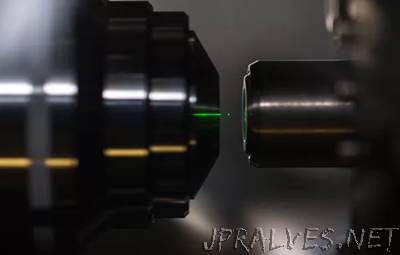
“Research underway at RIT advances a new kind of sensing technology that captures data with better precision than currently possible and promises cheaper, smaller and lighter sensor designs. Mishkat Bhattacharya, a theoretical physicist at RIT, is investigating new precision quantum sensing solutions for the U.S. Department of the Navy’s Office of Naval Research. The three-year study is supported by $550,000 grant and is a continuation of a previous award. Bhattacharya will test interactions between light and matter at the nanoscale and analyze measurements of weak electromagnetic fields and gravitational forces. Specialized microscopes measure theoretical predictions that describe matter at the nanoscale in which a nanometer equals one-billionth of a meter and a human hair measures between 80,000-100,000 nanometers, according to the U.S. National Nanotechnology Initiative. Bhattacharya works in the emerging field of levitated optomechanics, an area of physics that investigates nanoparticles by trapping them in a laser beam. Laser trapping—a method known as “optical tweezers”—tests the limits of quantum effects in isolation and eliminates physical disturbances from the surrounding environment. Using the techniques of laser trapping, Bhattacharya takes quantum mechanics to the next level by probing quantum effects in the nanoparticles, which contain billions of atoms. He investigates where quantum mechanics (which governs the microscopic) butts up against classical physics (which explains the macroscopic) and explores light-matter interaction in macroscopic quantum physics.”
